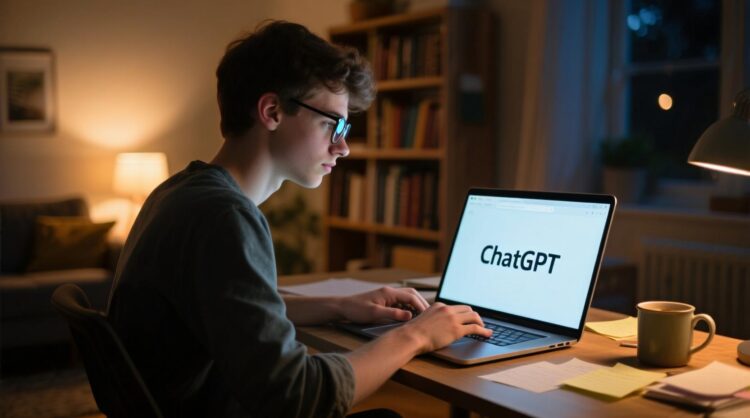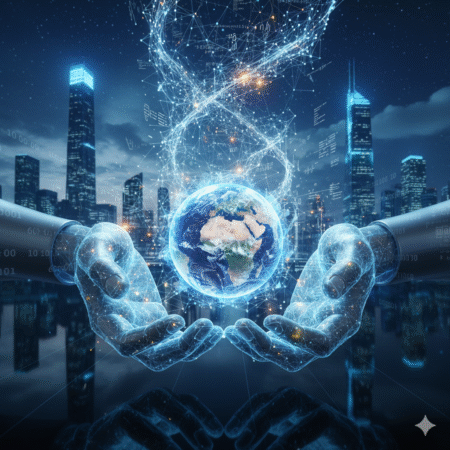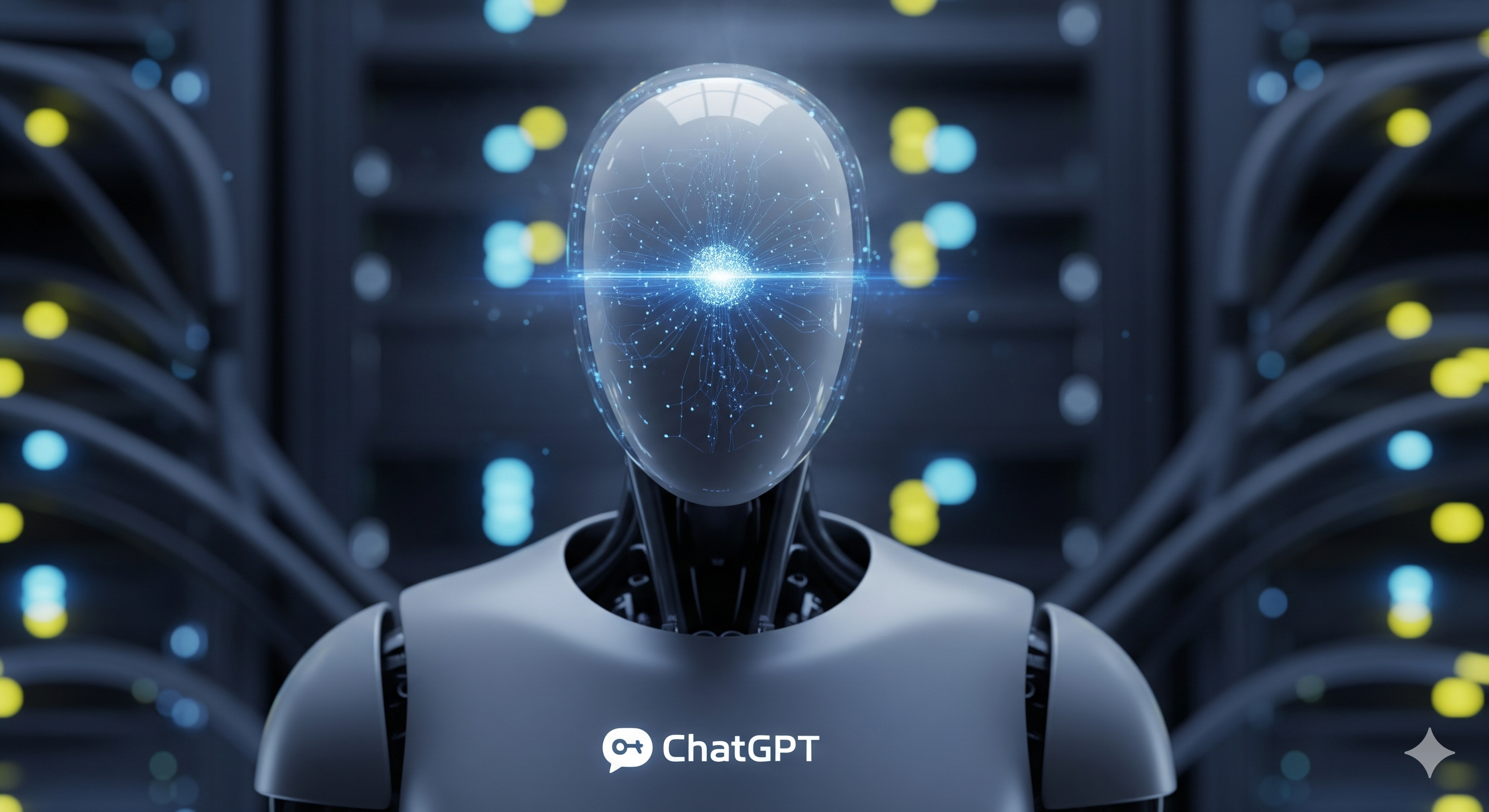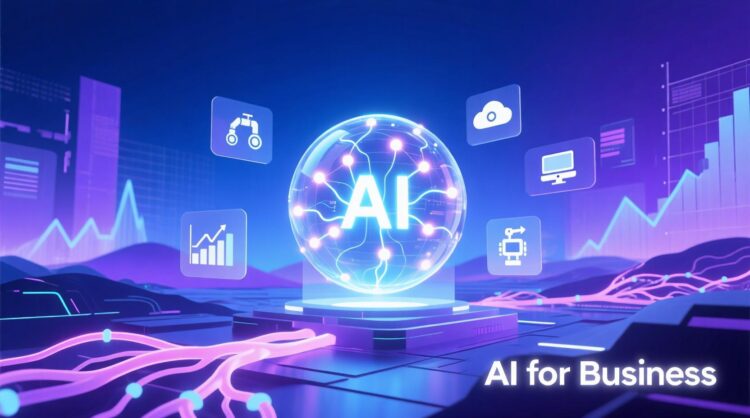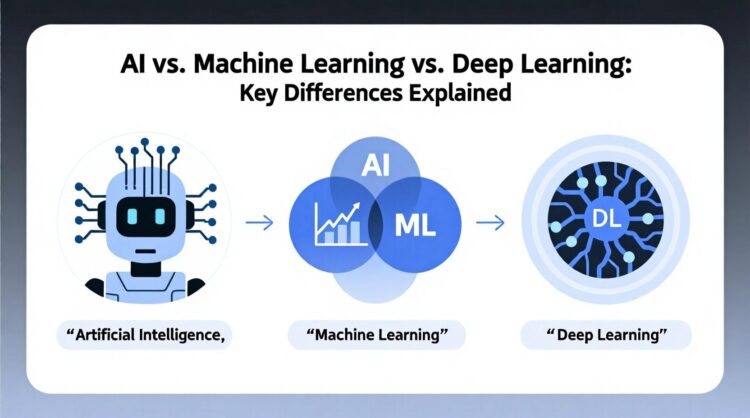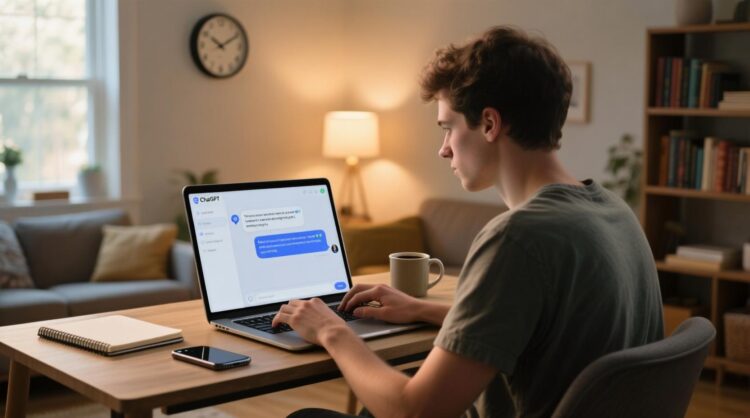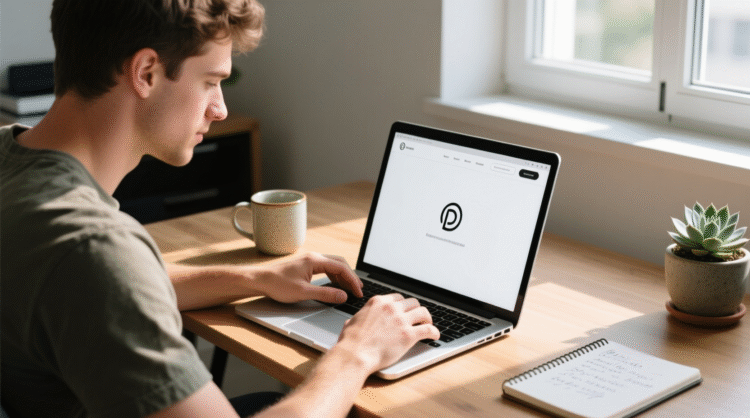
HowToForYou.com – Artificial intelligence is reshaping the digital landscape, and one of the most disruptive tools at the forefront is ChatGPT. Developed by OpenAI and released to the public in late 2022, this conversational AI has rapidly become an indispensable resource across industries—from education to marketing. Yet for digital creators, in particular, its potential extends far beyond simple text generation.
Rather than viewing ChatGPT as a replacement for creativity, professionals are beginning to embrace it as a partner: a tool that enhances productivity, sparks new ideas, and helps navigate creative roadblocks.
What Makes ChatGPT Different?
At its core, ChatGPT is a large language model trained on massive amounts of written content. It works by predicting sequences of words in response to a user’s prompt. While the technology does not “think” in the human sense, its ability to interpret natural language and generate coherent text makes it uniquely valuable to those working in content-heavy fields.
What sets it apart is accessibility. Unlike earlier AI systems buried inside enterprise platforms, ChatGPT is now available to anyone through the web and has even been integrated into mainstream applications like Microsoft Bing, Edge, and Skype. This accessibility has opened the door for creators at every level to experiment with AI-powered workflows.
Why Prompts Matter: The Gateway to Effective AI
ChatGPT’s effectiveness relies heavily on the quality of the input it receives. The phrase “garbage in, garbage out” is especially true in this context. A vague or unfocused prompt can yield generic results, while a well-structured prompt tailored to a specific goal can unlock surprisingly useful insights.
For creators, learning how to craft prompts has become a skill in itself. Using role-based instructions—for example, asking the AI to “act as a professional editor” or “summarize this as a scriptwriter”—often produces more nuanced and relevant output.
Six Ways ChatGPT is Transforming Creative Workflows
1. Expanding Research Perspectives
Writers and marketers often need to anticipate opposing viewpoints or adapt their messages to different audiences. ChatGPT can simulate alternative perspectives, making it a valuable brainstorming partner for developing balanced, well-rounded content.
2. Structuring Ideas and Outlines
Outlining is often the hardest part of starting a new project. By feeding ChatGPT a general topic and desired audience, creators can quickly generate structured outlines, saving time while still retaining control over the creative process.
3. Summarizing Complex Material
From lengthy reports to dense research papers, condensing information is a frequent challenge. ChatGPT excels at distilling key points, enabling creators to process information faster and repurpose it into digestible formats for blogs, videos, or newsletters.
4. Drafting First Versions
Facing a blank page is daunting. By generating initial drafts of blog posts, emails, or scripts, ChatGPT helps creators bypass creative inertia. These drafts aren’t final but serve as solid foundations to refine and personalize.
5. Repurposing Content Across Platforms
A single piece of content rarely lives on just one platform. ChatGPT can reframe a blog article into a LinkedIn post, transform a podcast transcript into a newsletter, or adapt video scripts for TikTok and Instagram—helping creators extend reach without reinventing the wheel.
6. Generating Proposals and Internal Documents
Beyond public-facing content, many creators juggle administrative tasks. ChatGPT can provide polished starting points for proposals, project outlines, and internal documents, freeing up more time for the creative work itself.
Best Practices for Maximizing Results
-
Organize by threads: Keep separate projects in distinct chats to maintain focus.
-
Iterate and refine: Provide feedback to adjust tone, format, or complexity.
-
Fact-check thoroughly: ChatGPT can produce inaccuracies or outdated information, as its knowledge currently caps at 2021. Human oversight is essential.
The Future of AI in Creativity
While ChatGPT is not a substitute for originality or critical thinking, it is becoming a powerful ally for those who know how to wield it effectively. The tool shines when used as a creative accelerator—helping brainstorm, structure, and refine ideas while leaving the final vision firmly in human hands.
As artificial intelligence continues to evolve, creators who learn to integrate it into their workflow stand to gain a competitive edge. The question is no longer whether to use AI but how creatively it can be applied.
